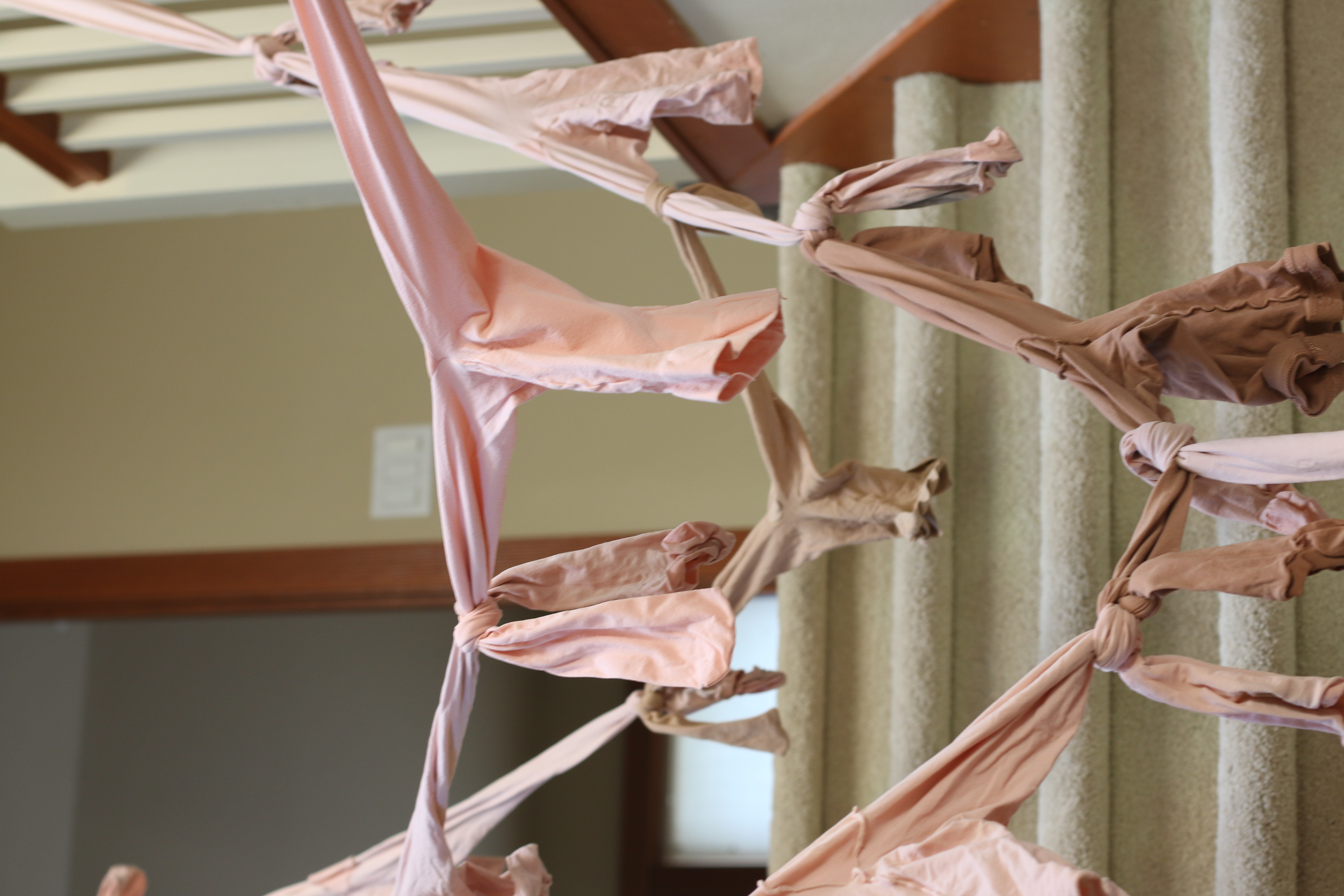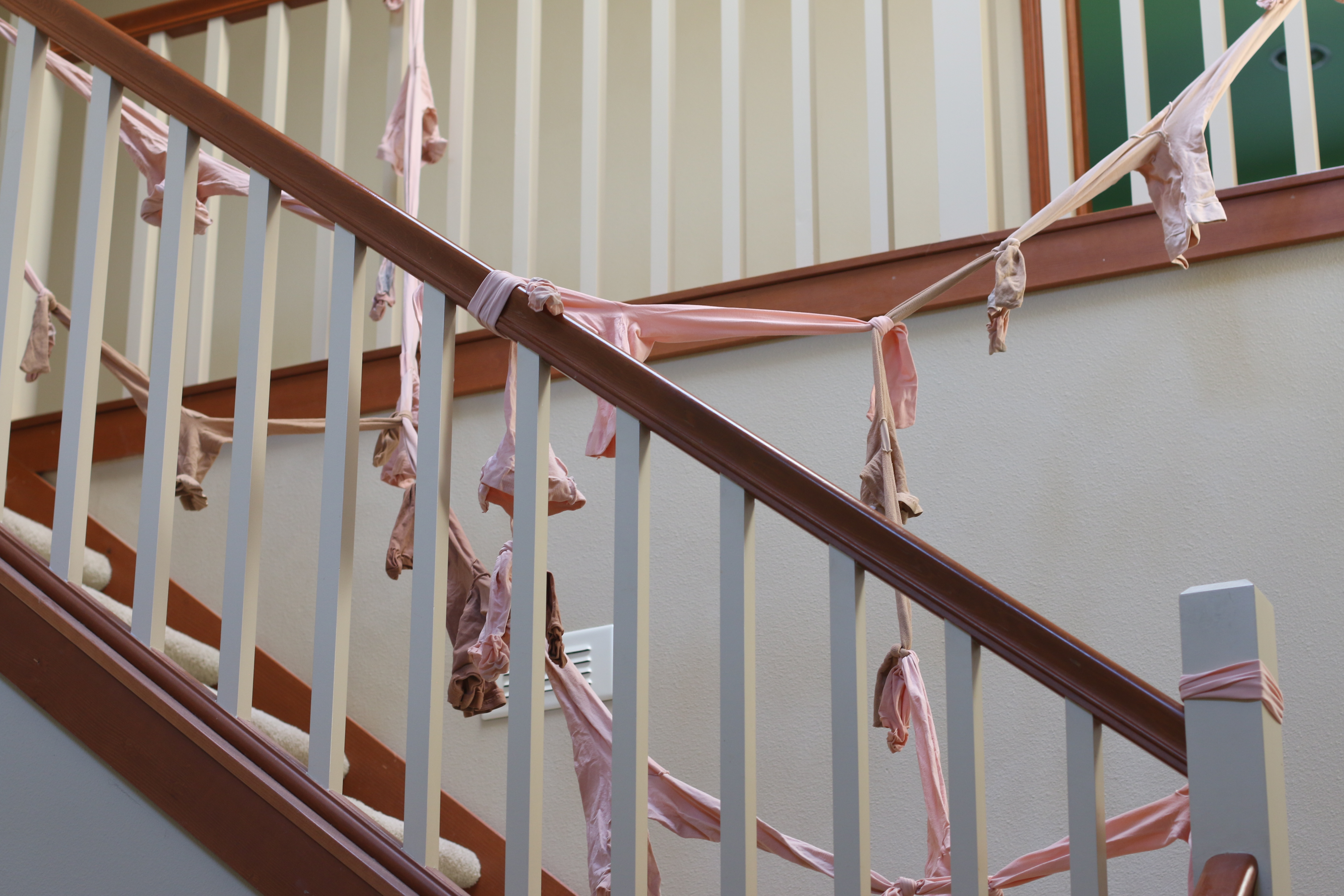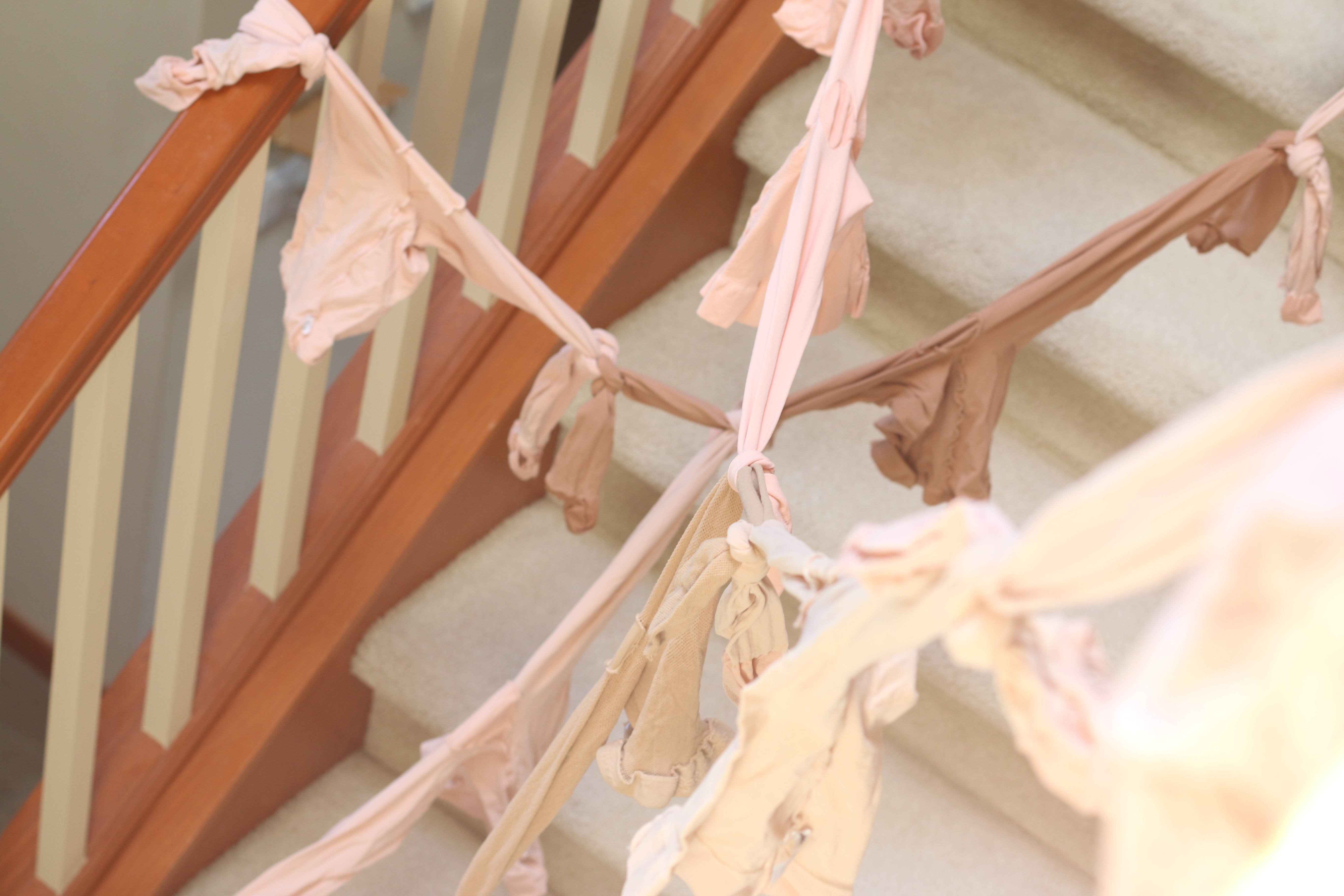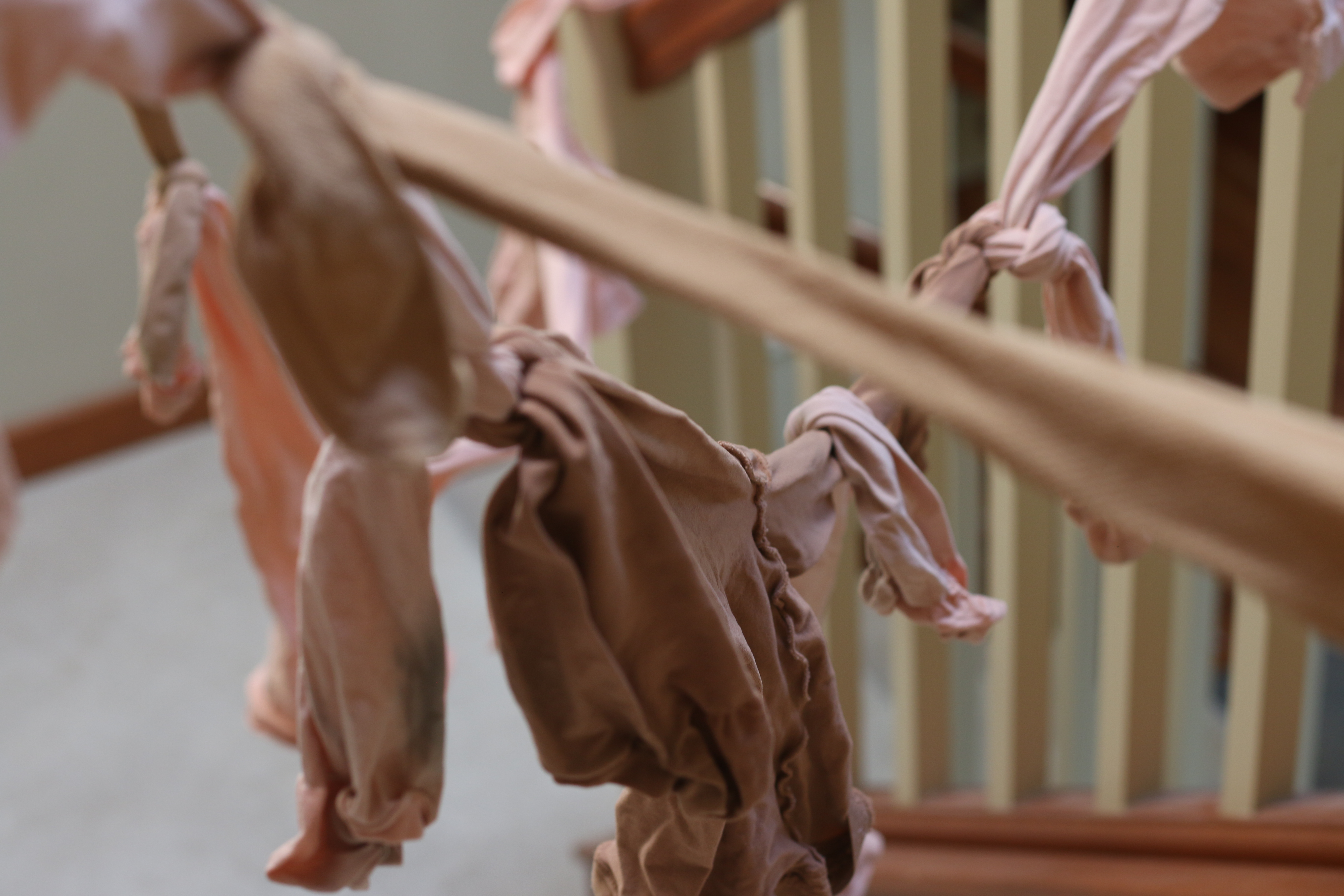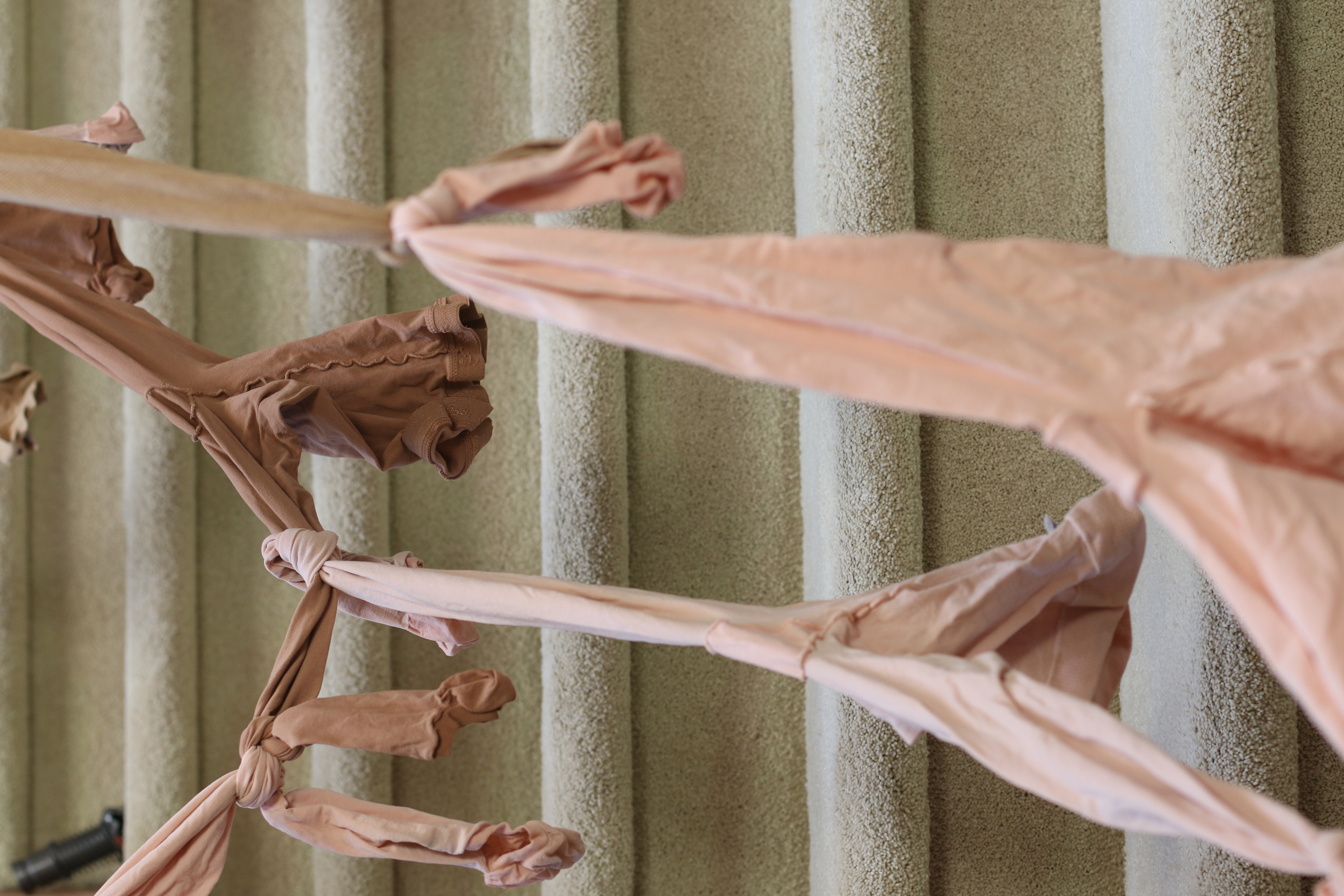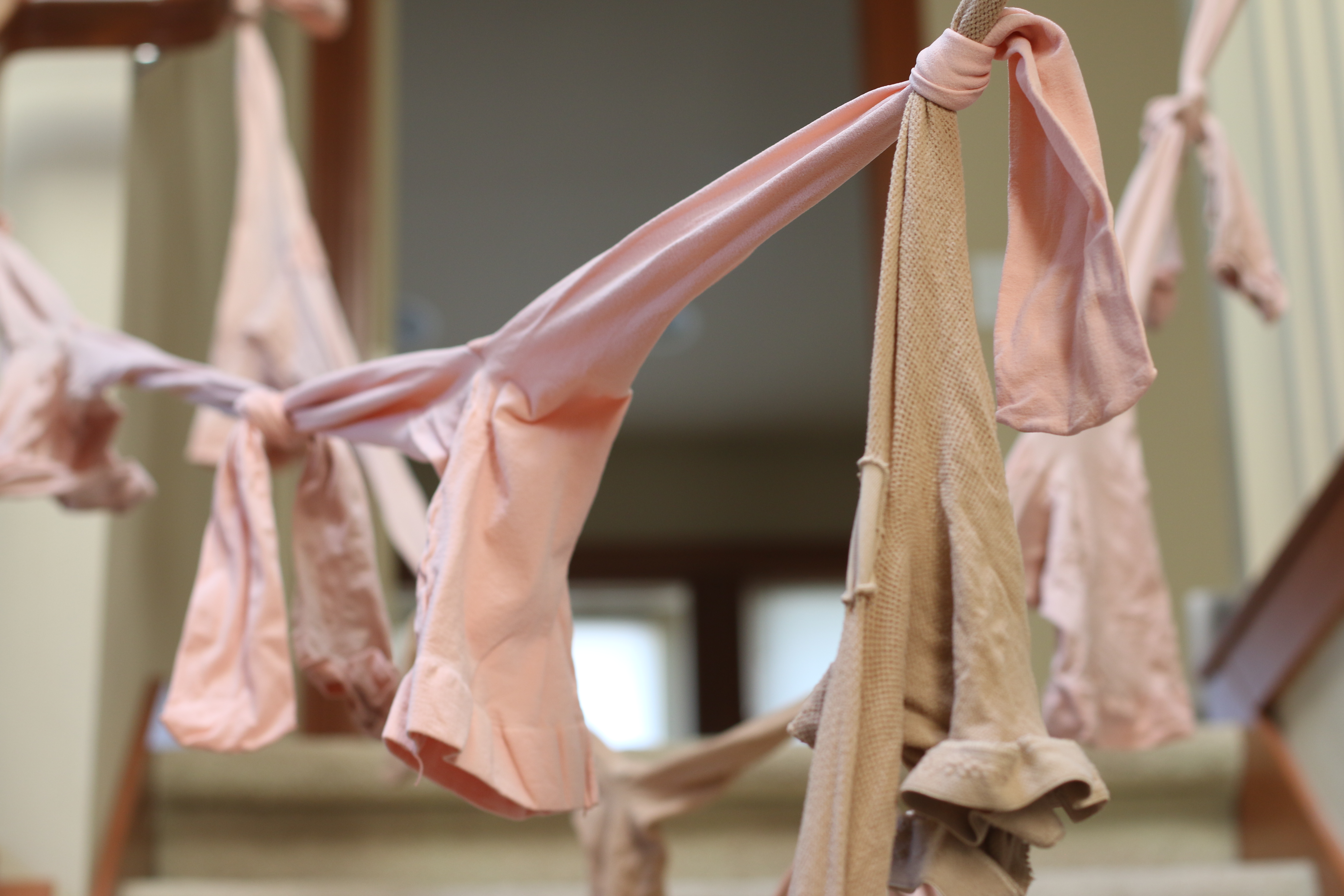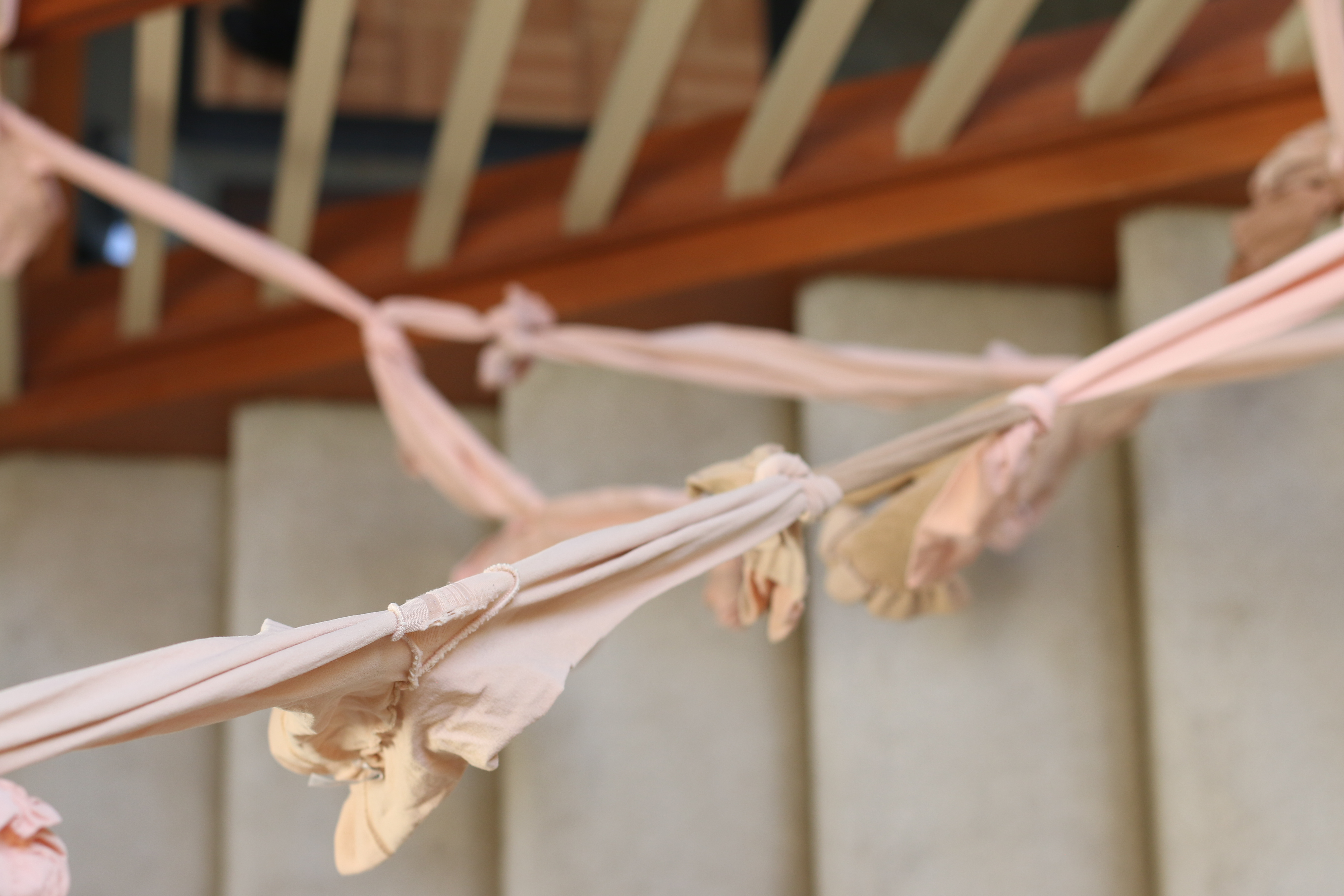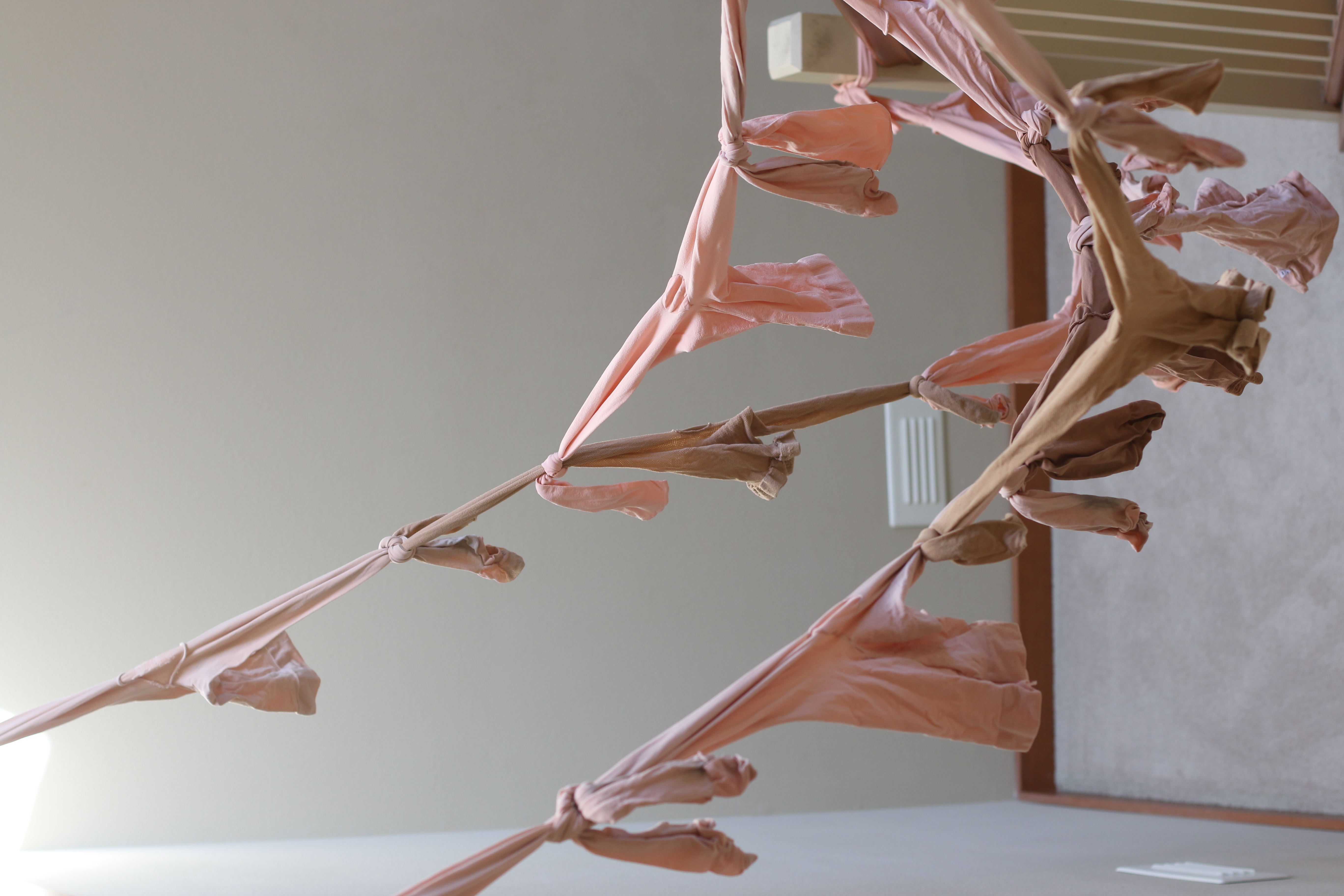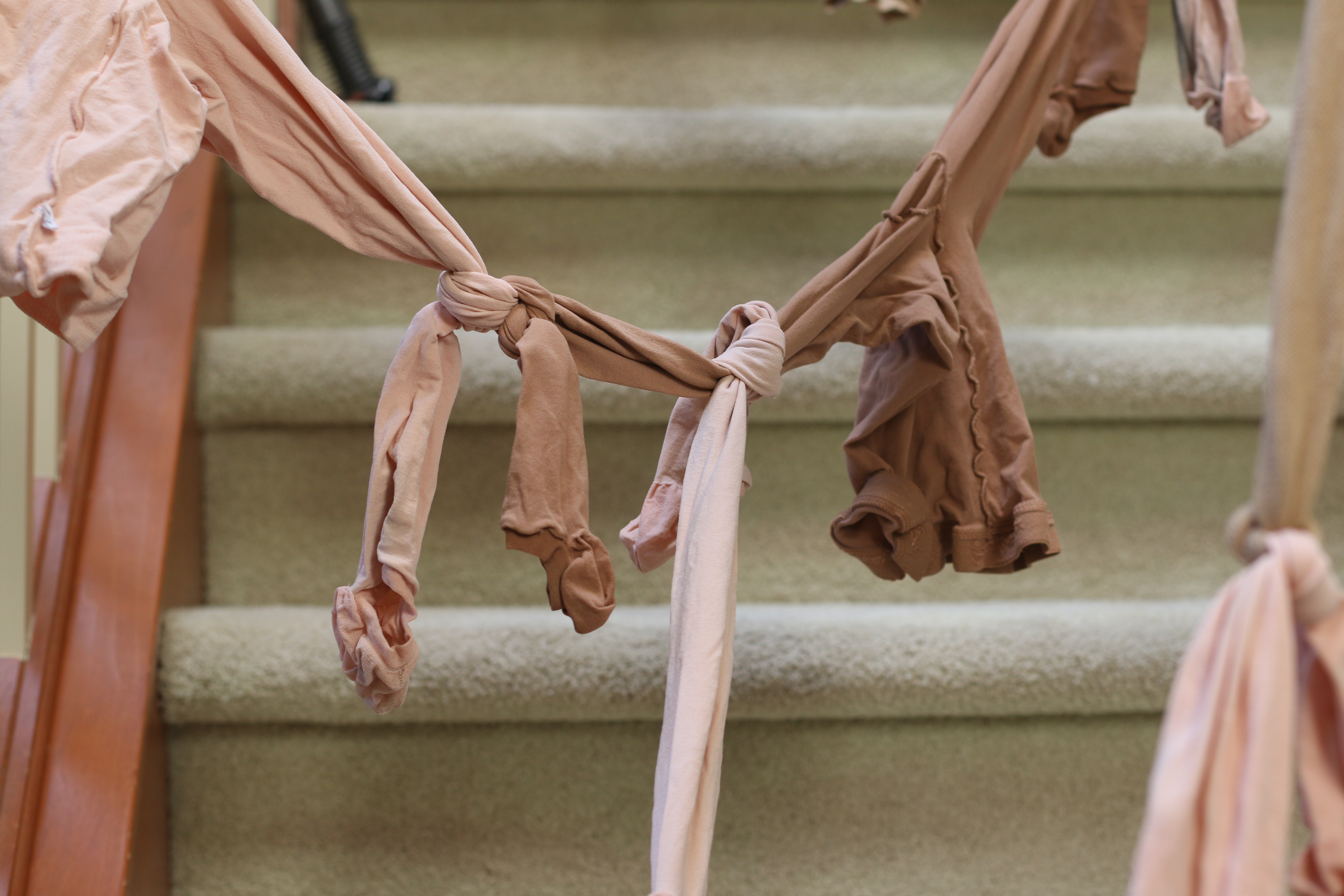Inspired by Richard Serra's Verblist (1967-68), I used a list of verbs translated from ballet steps to create each portion of the work. This work is an exploration of the lasting effects that years of practicing ballet has had on my body and my perception of my body. This is a selection of those verbs from my month of working on this project. The pieces selected illustrate a progression of thought and confrontation of my participation in dance. Originally, I wanted the work to be separate from dance in topic just using the words from dance, but it was nearly impossible to fully separate these things from each other. If I was going to make a work inspired by ballet, then why was I going to avoid talking about my lingering feelings and insecurities?
To Bend
This began as an exploration of form - both of the paper and the hand. While inspired to use ballet words, this particular work did not directly address the topic of ballet.
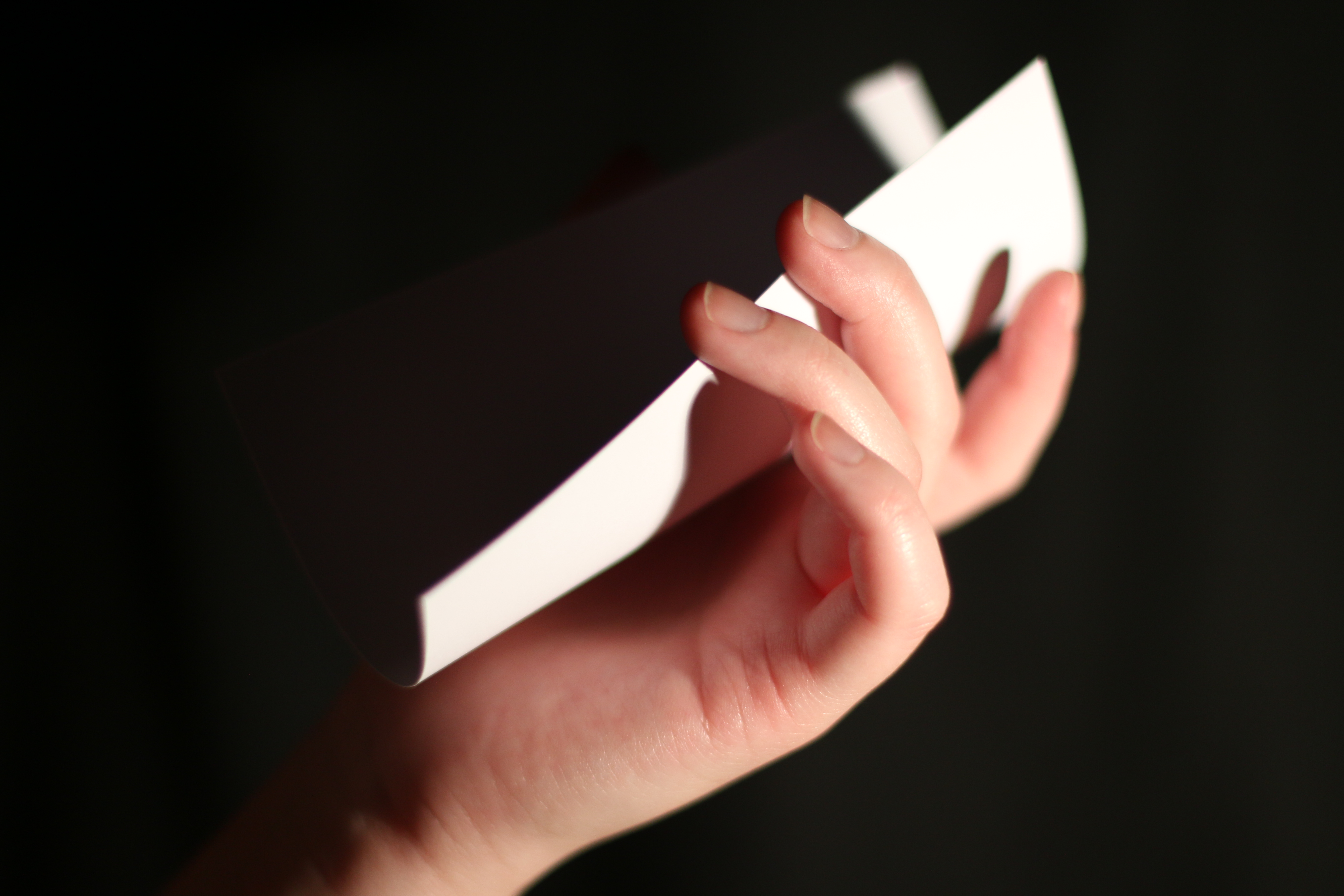



To Round
This continued to be an exploration of form, but using my own body as the medium. Dance is an art that relies on the body as a medium. In this way, I took the exploration of form from To Bend and made it more similar to ballet. While this piece was a photography project, it was reliant on the body as a medium just as dance relies on the body as a medium. I wanted to use my body as the thing that I rounded but in a motion that is so opposite the stance of classical ballet. This work is an attempt to be about the shape of a body and not the identity of the body.
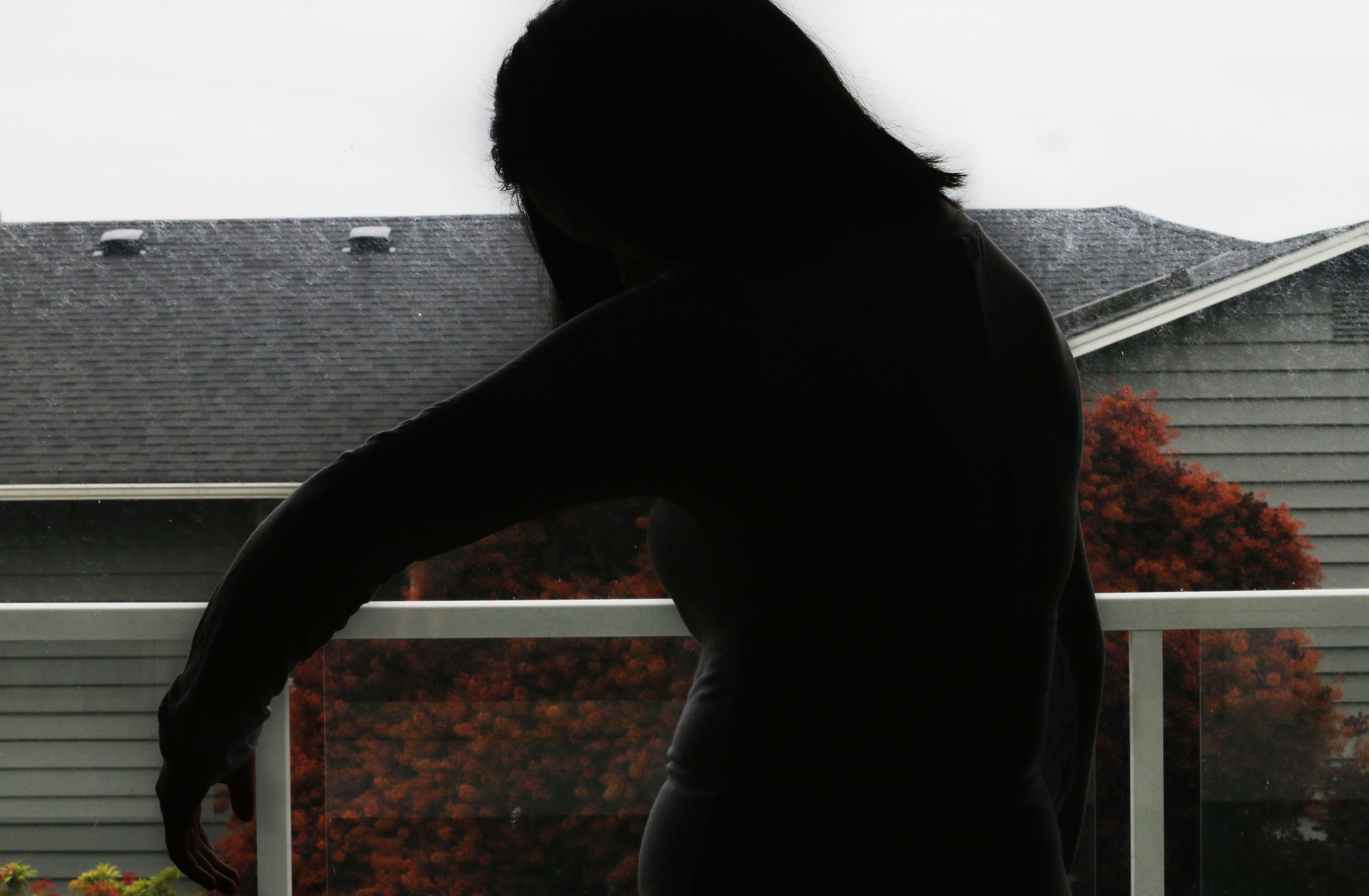
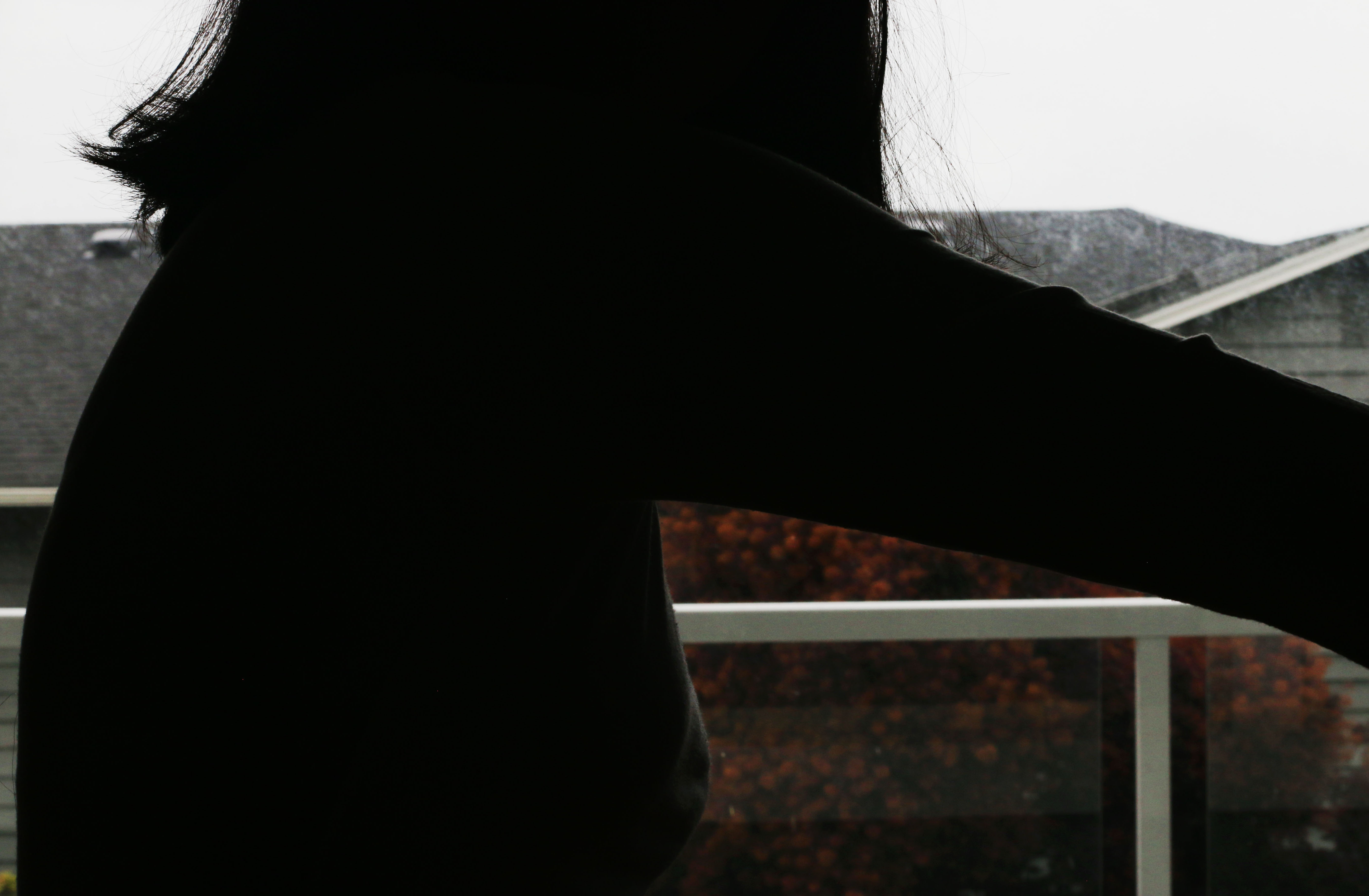
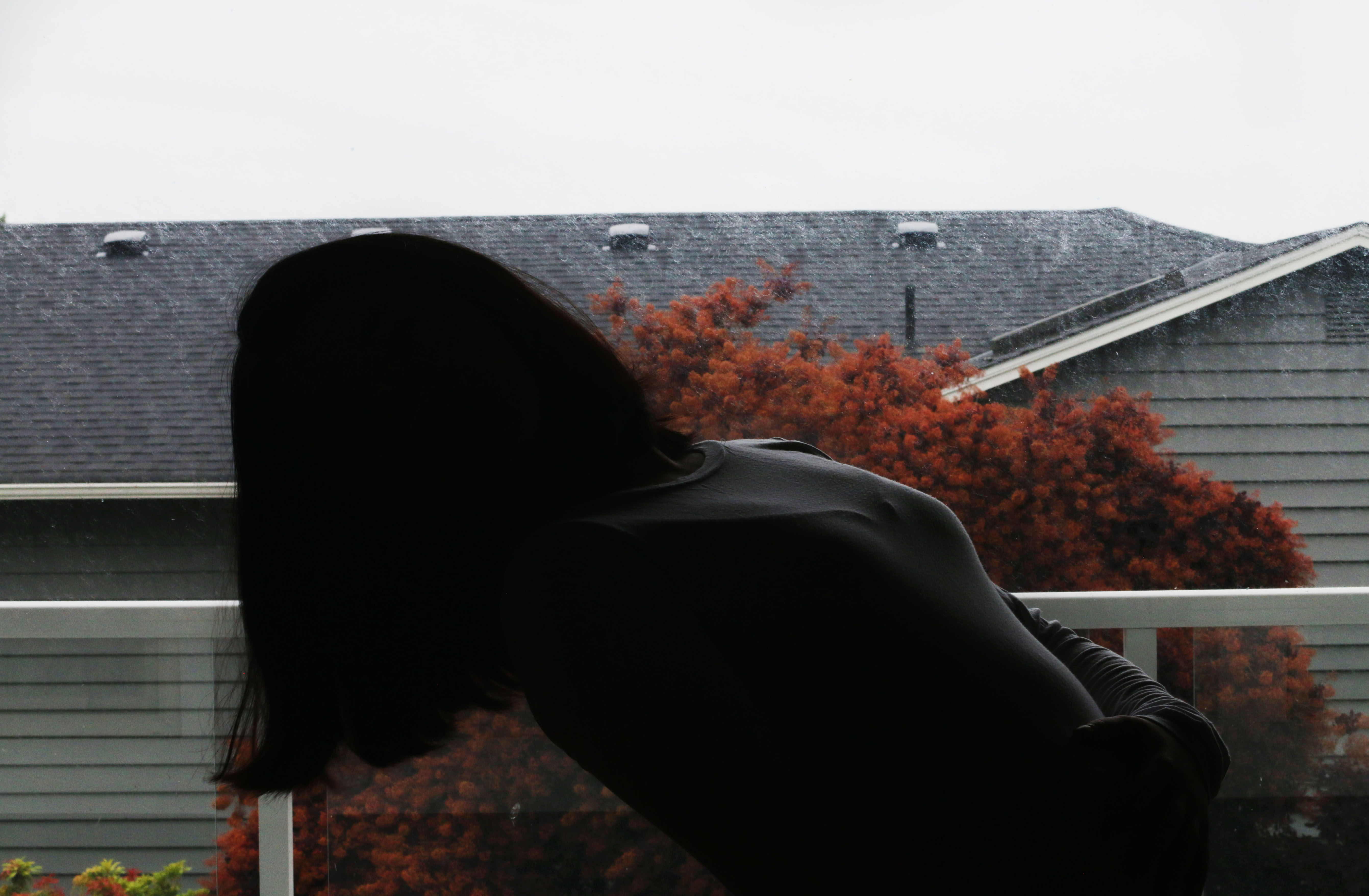
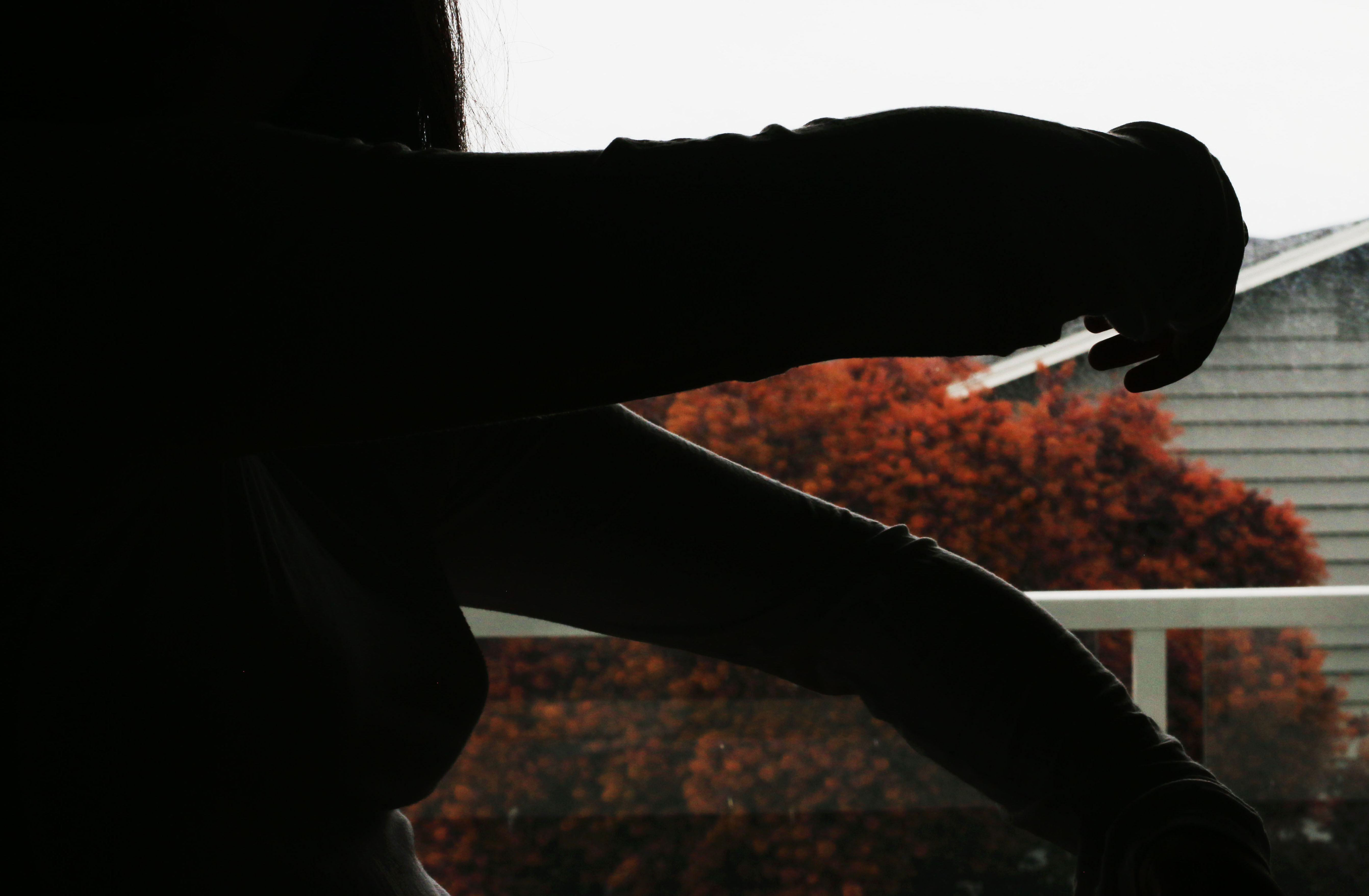
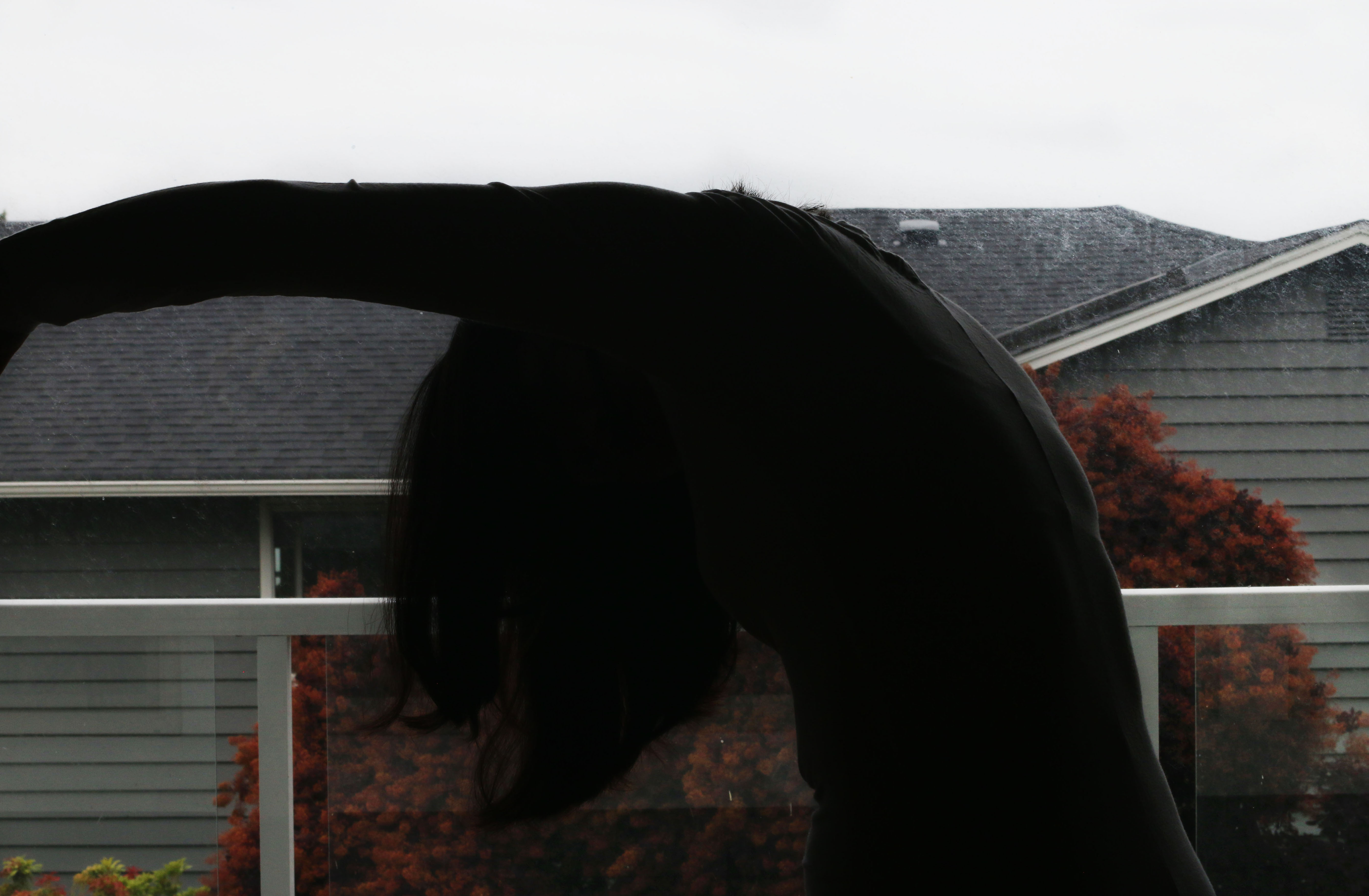
To Disengage
This work confronts my inability to separate my body from my identity as a result of years of ballet and the depictions of female bodies in art and other media. Is there a way that I can truly represent oneself as just a body with a function and not as part of my own perception of myself? Especially since dance is dependent on the physical feats of the body and on the ‘artistry’ (musicality, acting, emotion etc.) is there a way I could make an artwork that separated the two when the artwork itself is about ballet as a whole? I also struggle with the idea that the body as an entity can be divorced from identity, especially with female bodies. In many ways depictions of female bodies in art have been inherently sexual or voyeuristic due to the fact that a lot of traditional depictions of female bodies in art have been done by men. Even with depictions of female bodies by female artists, people will still view them as sexual or insist that they must be. I have used my own body and others bodies in many projects and have struggled with the depiction of them because they feel so much like a part of identity and difficult to separate from each other. It is impossible to say that my views of the female body are not influenced in some ways by popular media and fine art. I cannot forget these depictions because they are so prevalent, so how do they influence my own art making?

To Melt
This work serves to address the discomfort that is lingering from years of ballet. These are all of the remaining tights I could find from dance. There is something so intimate about this particular garment. They stretch to fit. They cover a lot of skin, but reveal the entire body. They are an expectation. Honestly, in some ways they are a safety blanket. I’ve had to go on stage with just a leotard and no tights and it feels much more naked than when I’ve had just a leotard and tights. In this way they are in shapes they’re not supposed to be in. There’s no shape for them to mold to, just hanging. I’m interested in what tights become without the body, without the shape, when you remove them from their intended function. I’ve spent so long looking at my own body in tights with a specific group of people that sometimes I forget that other people were looking at my body in tights too. There’s something inherently voyeuristic about ballet - you view your body, your teachers view your body, and audiences view your body - and tights are a barrier between someone’s view and your naked skin but it doesn’t do much to hide.
